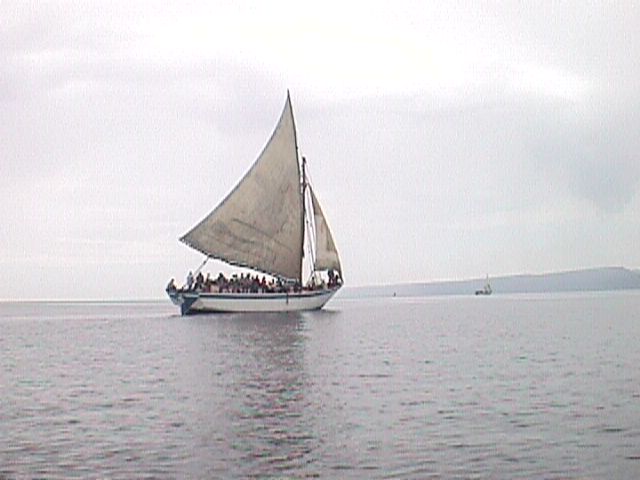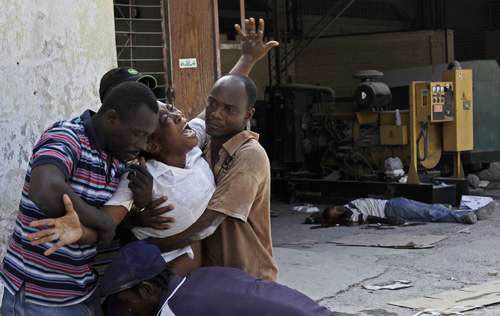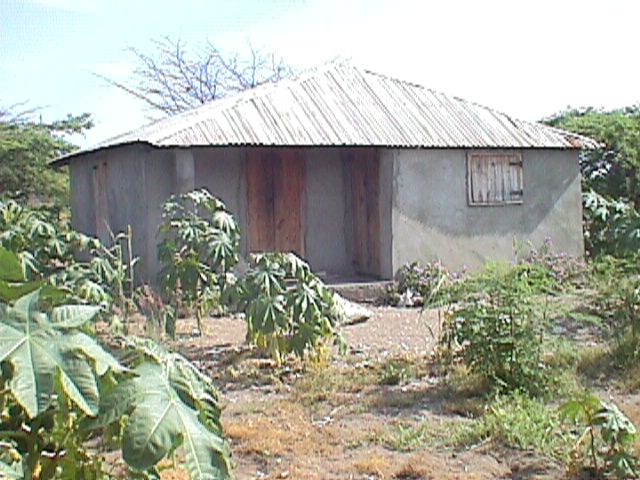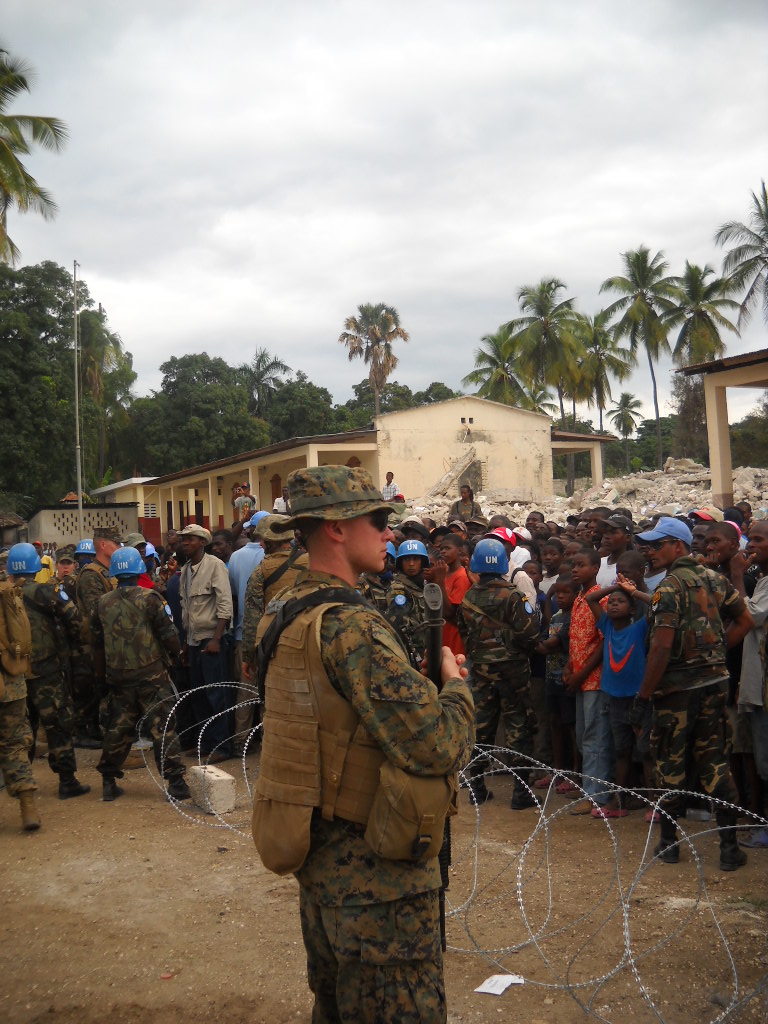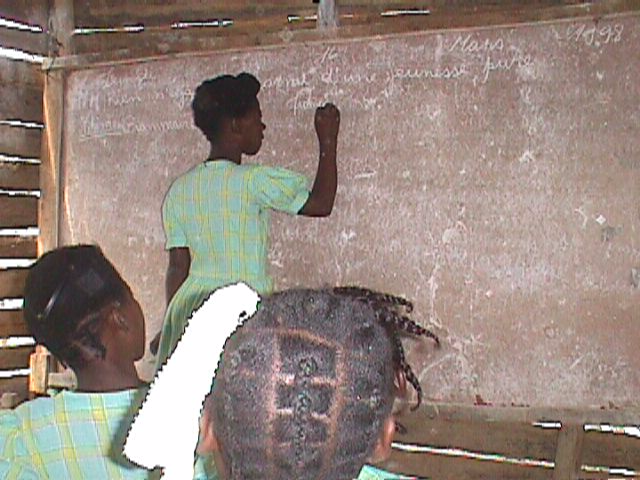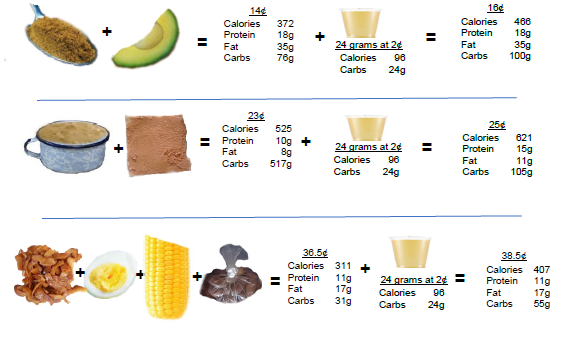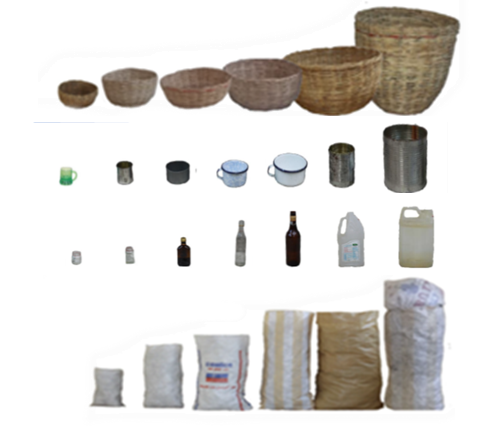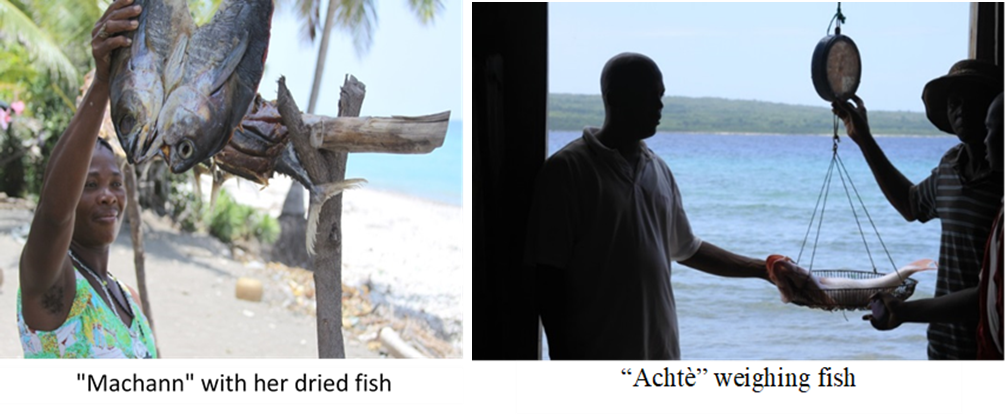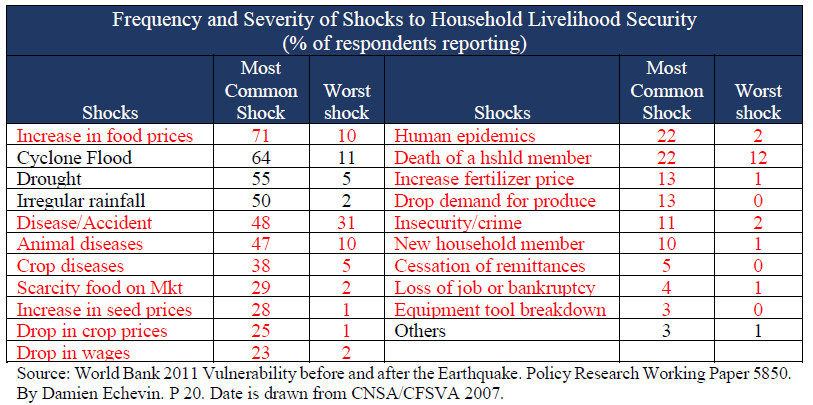Understanding the Impact of Emigration in Haiti
In the 1960s and 1970s the typical gran neg or gran dam (Patron) in provincial Haiti was an individual belonging to a large family that, a) had more and better land than most people in the region, b) a better education, c) urban connections, but, d) was heavily invested in land, agricultural production, livestock rearingRead More
Visual Fake News and the Absurdity of the Haiti Post-Earthquake Rape Epidemic
Cover Photo: This is an all too common abuse and/or misinterpretation of a photo from post earthquake Haiti. South Atlantic Press Agency, as well as MercoPress, used the AFP photo as an illustration (bait) for an article on gender violence in Haiti. You can find the original explanation for what happened here at an NBCRead More
Haiti Anthropology Brief: Importance of Housebuilding and Local Cost of Building a House in Rural Haiti
I have put this brief together with the post-earthquake housebuilding craze in mind. After the 2010 earthquake, international organizations did a lot of housebuilding in Haiti. Yet, there is a whole lot about the topic that seemingly no one at the time was interested in learning. And so here I want to get it downRead More
The Story of the Haiti Earthquake Camps
In the wake of the January 12, 2010 Haiti earthquake, the world witnessed the growth of what would become the largest refugee crisis on the planet. If we can believe claims from the United Nations, the US and the EU governments, and the humanitarian aid agencies that together received some $3 billion in donations fromRead More
Test of Impact of School Feeding on the Scholastic Performance of Children in Rural Haiti
An enthusiastic claim we often hear is that school feeding programs have a positive impact on the attendance and academic performance of the students. In 16 focus groups we conducted, school directors said it, teachers said it, parents said it, even some of the children spontaneously made claim. I too have always simply assumed thatRead More
Snacks, Meals, Prices, and Nutritional Content for Proposed Locally Procured School Feeding Program in Haiti
This article addresses the prospects for true, locally procured meals for a national school feeding program, something that does not yet exist. We present a series of the most commonly available local Haitian foods together with street costs and nutritional analysis. The suggestion is that prepared food containing twice the calories and protein available inRead More
Weights vs. Volume Measures: Overview of Haiti Informal Market Volume Measuring System
The most significant measures for both the market woman and the typical customer in Haiti are those used to measure the most popular staple foods: cans and cups from the mammit (3 litre can), to the ti mammit (500 ml can), to the gode (440 ml), demi gode (320 ml) and the bwat let (180Read More
Gender and the Fish Market Chain in Haiti
NGO Interventions, Associations and the Market Chain: Risk of Putting Women out of Business NGOs have intervened in the purchasing-processing-storage-and-marketing chain to help fishermen get better prices for their fish and thereby bolster income to impoverished households. This support has encouraged the formation of male-dominated fishing associations. In addition to help with offshore fishing, theyRead More
Haiti Anthropology Brief: Household Shocks in Haiti
Humanitarian aid agencies working in Haiti react almost exclusively to catastrophic environmental disasters such earthquake, drought, hurricane and flood. But as can be seen in the table above, far and away the most common shocks to households in Haiti are not from environmental calamities, but rather economic crises, such as increased food or agricultural prices,Read More
History of CARE International and USAID Development Efforts in Far West Haiti
This is a historical summary of CARE International’s activities in the region sometimes called “Far West” Haiti, specifically the Department of the North West communes of Jean Rabel, Mole St. Nicolas, Bombardopolis and the neighboring Department of the Artibonite commune, Anse Rouge. The reason the region is of interest to me is that between theRead More
